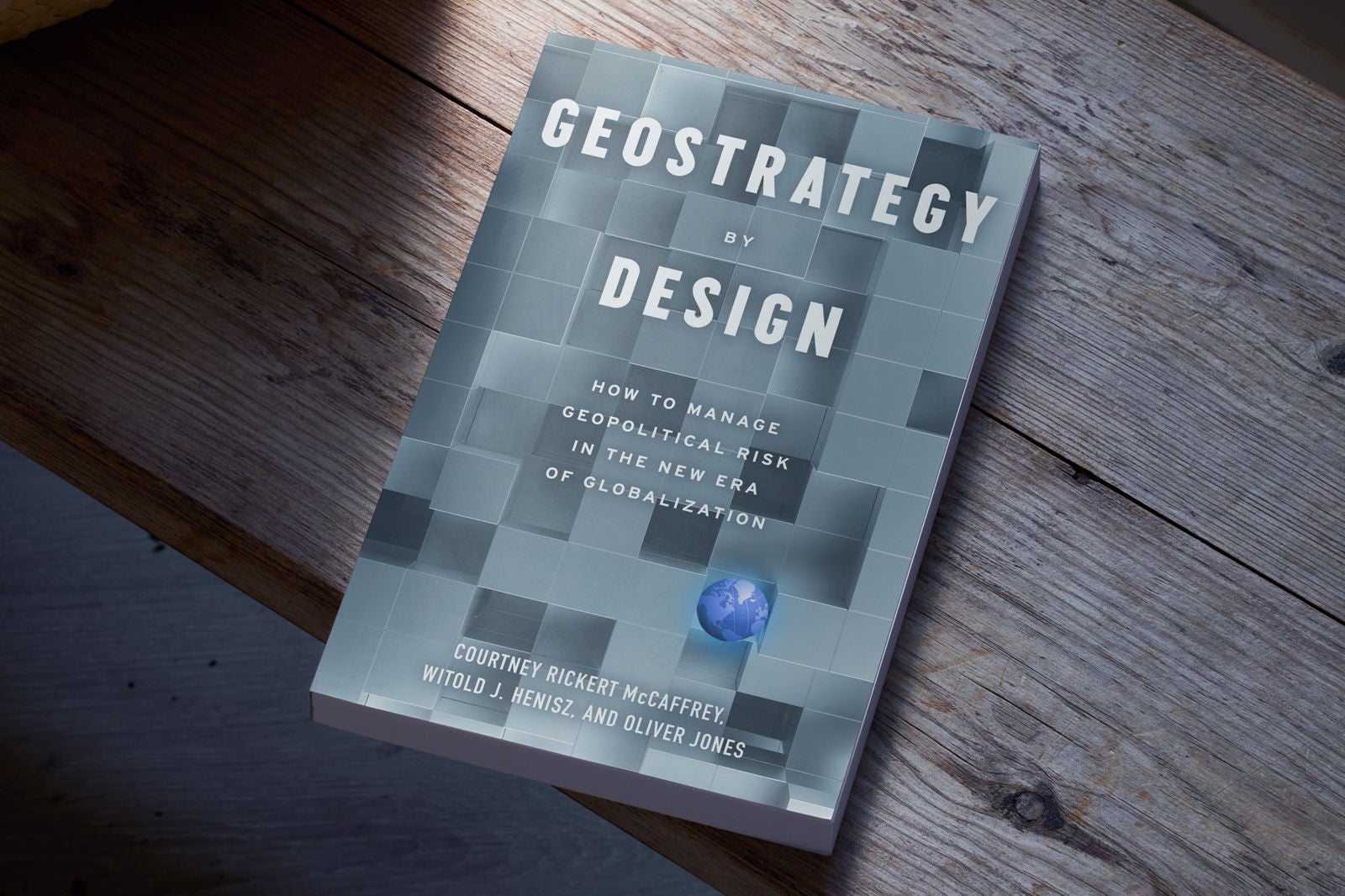What happened
In response to the US imposing new tariffs in February and March 2025, some US trading partners have responded with a focus on imposing tariffs on imports of US agricultural goods, foods and beverages.4 For instance, China targeted more than $19 billion of US agriculture exports with 10-15% tariffs. The EU’s response includes planned tariffs on American bourbon imports.
The US Department of Agriculture has announced up to U$10 billion in assistance to agricultural producers.
Broader geopolitical dynamics – including the war in Ukraine, a major agricultural exporter – continue to contribute to heightened volatility in global agricultural markets.
What’s next
The rippling effects of US President Donald Trump’s announcement of reciprocal tariffs on 2 April, including on foreign agricultural products, will likely continue to expand as the administration acts on its America First Trade Policy agenda and other countries respond.
Policymakers and agricultural producers are likely to seek new international markets for their products. This would follow what happened in the wake of the 2018 tariff increases between the US and China, when China’s primary source of soybean imports shifted rapidly from the US to Brazil, reversing a decade-long effort by US farmer trade groups to develop the China soybean market.
Business impact
Global food prices remain elevated compared to pre-pandemic levels and tit-for-tat tariffs targeting agricultural products could put further upward pressure on costs for food and beverage companies.5 Farmers and agricultural companies may face margin pressures due to reciprocal tariffs as well. Executives should seek to mitigate cost increases via accelerating productivity initiatives, sharing cost impacts with strategic partners and other measures, in addition to identifying opportunities to diversify destination markets.
Trade policy shifts are likely to reverberate throughout the agricultural value chain, affecting supply and demand dynamics for everything from fertilizer, farm machinery and agricultural commodities to fibers, fuels and food. Although farmers may receive direct compensation from the government, the competitive landscape will shift for the rest of the value chain. Executives across the agribusiness, food and beverage, and broader consumer products sectors should engage in scenario planning to identify strategies to ensure supply continuity, prepare for demand shifts and build resilience to future policy changes.6
For more information, contact Sameer Anand.








